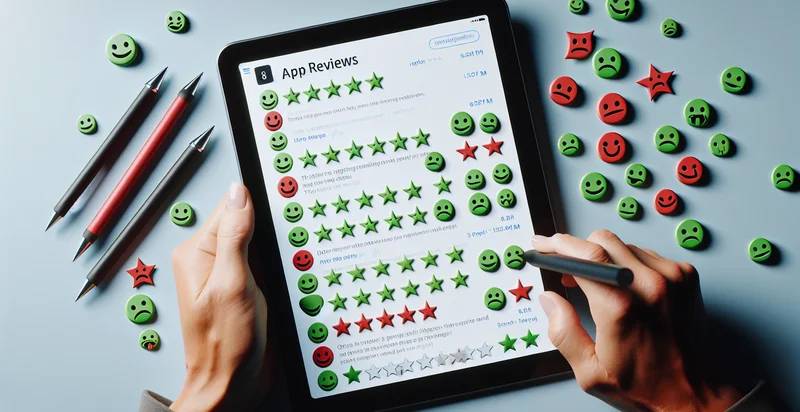Identify book reviews sentiment
using AI
Below is a free classifier to identify book reviews sentiment. Just input your text, and our AI will predict the sentiment of book reviews. - in just seconds.

Contact us for API access
Or, use Nyckel to build highly-accurate custom classifiers in just minutes. No PhD required.
Get started
import nyckel
credentials = nyckel.Credentials("YOUR_CLIENT_ID", "YOUR_CLIENT_SECRET")
nyckel.invoke("book-reviews-sentiment", "your_text_here", credentials)
fetch('https://www.nyckel.com/v1/functions/book-reviews-sentiment/invoke', {
method: 'POST',
headers: {
'Authorization': 'Bearer ' + 'YOUR_BEARER_TOKEN',
'Content-Type': 'application/json',
},
body: JSON.stringify(
{"data": "your_text_here"}
)
})
.then(response => response.json())
.then(data => console.log(data));
curl -X POST \
-H "Content-Type: application/json" \
-H "Authorization: Bearer YOUR_BEARER_TOKEN" \
-d '{"data": "your_text_here"}' \
https://www.nyckel.com/v1/functions/book-reviews-sentiment/invoke
How this classifier works
To start, input the text that you'd like analyzed. Our AI tool will then predict the sentiment of book reviews..
This pretrained text model uses a Nyckel-created dataset and has 14 labels, including Critical, Disapproval, Enthusiastic, Highly Recommended, Mixed, Negative, Neutral, Not Recommended, Positive and Praise.
We'll also show a confidence score (the higher the number, the more confident the AI model is around the sentiment of book reviews.).
Whether you're just curious or building book reviews sentiment detection into your application, we hope our classifier proves helpful.
Related Classifiers
Need to identify book reviews sentiment at scale?
Get API or Zapier access to this classifier for free. It's perfect for:
- Market Research Analysis: Companies can use the sentiment identified in book reviews to gauge consumer preferences and interests in various genres. By analyzing positive and negative sentiments, publishers can tailor their marketing strategies to better suit reader expectations.
- Reader Engagement Strategies: Bookstores and online retailers can leverage sentiment analysis to curate personalized recommendations for customers based on their review patterns. By utilizing insights from reviews, they can enhance user engagement and drive sales through targeted promotions.
- Content Improvement for Authors: Authors can analyze the emotional tone of reviews to identify strengths and weaknesses in their writing. By understanding which aspects of their books resonate positively or negatively with readers, they can refine future works for greater impact.
- Publisher Performance Metrics: Publishers can track the sentiment of reviews over time to evaluate the performance of specific titles or series. A systematic review of sentiments can inform editorial decisions and forecasting for upcoming releases.
- Competitor Analysis: Businesses in the publishing industry can analyze competitors’ book reviews to understand market positioning. Identifying sentiment trends allows for strategic adjustments in marketing and product offerings to gain a competitive edge.
- Social Listening: Organizations can use sentiment analysis of book reviews to monitor brand reputation and reader sentiment on social media and review platforms. This real-time feedback provides opportunities for interventions or adjustments to public relations strategies.
- Aggregated Feedback for Reading Programs: Educational institutions can utilize sentiment analysis to assess the effectiveness of reading programs by analyzing student reflections and reviews. Positive or negative sentiments help educators identify popular resources and areas needing improvement, fostering a better learning environment.


